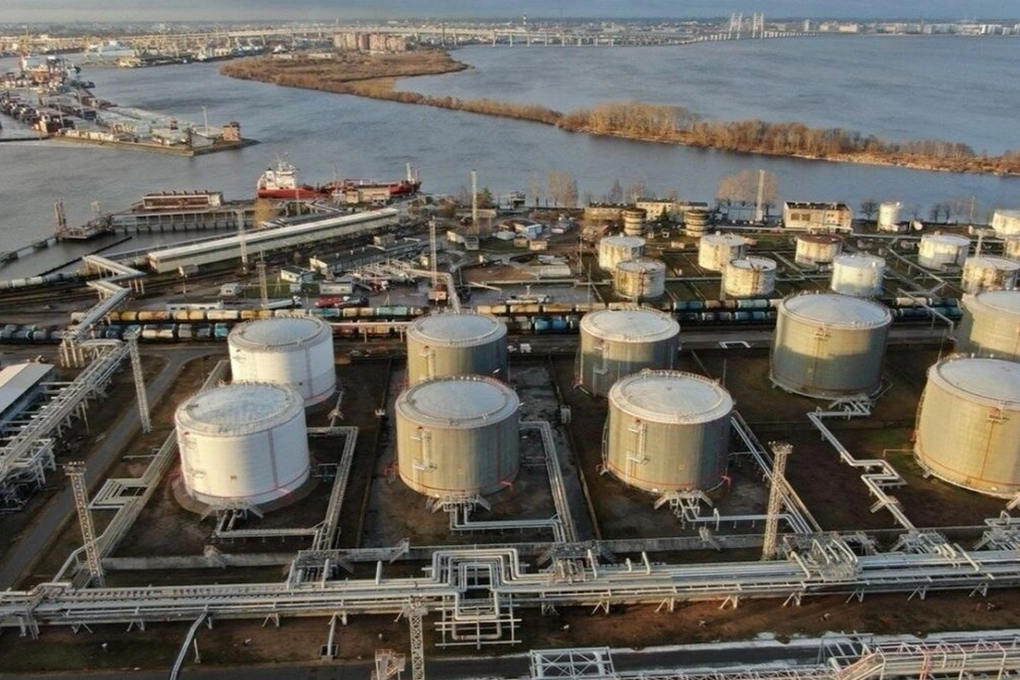
Russian oil port in St Petersburg (Illustration photo: Media).
"We can produce anything from a first-person drone for $350 to UAVs that can fly straight to St Petersburg last night. This UAV flew 1,250km last night before hitting its target," Ukraine's Minister of Strategic Industries Oleksandr Kamyshin said on January 18.
“We can produce more types of UAVs now. An asymmetric war requires a lot of UAVs. I am sure we will see more similar incidents this year,” the official added.
Earlier, Reuters quoted a Ukrainian military source as saying that an oil port in the Russian city of St Petersburg was attacked. This second largest city in Russia is about 850km from the nearest point on the Ukrainian border.
Andrii Yusov, a representative of the Ukrainian Intelligence Service, refused to deny or confirm Ukraine's responsibility for the attack, but said the incident showed that Russia should be concerned about the safety of its military facilities in St Petersburg.
However, according to a Russian-appointed official in Ukraine, the Ukrainian army attempted to attack a Russian oil port in the Baltic Sea on the night of January 17 and early morning of January 18 but failed.
"The port infrastructure was not damaged and no one was injured," said Vladimir Rogov, a Russian-appointed official in the Zaporizhia administration.
The Russian Defense Ministry later confirmed that Ukrainian UAVs attacked St Petersburg, but all UAVs were intercepted, with no one injured. "Air defense systems on duty destroyed one UAV in the Moscow region and intercepted another in the St Petersburg region," the ministry said.
Ukraine is said to be increasing its attacks inside Russian territory as the situation on the Ukrainian battlefield has fallen into a stalemate, with neither side achieving a breakthrough. Most recently, on December 30, Ukraine's cross-border raid on the Russian city of Belgorod killed 25 people and injured about 100.
Kiev's move is in response to large-scale Russian attacks since late 2023 targeting a series of important targets such as military facilities, defense factories, and ammunition depots.
As aid from the West shows signs of slowing down, Kiev is stepping up the development and production of long-range attack UAVs to narrow the gap in attack capabilities compared to Russia.
The United States and its Western allies have been providing aid to Kiev since Russia launched a special military operation in Ukraine in February 2022. Some countries have begun supplying long-range weapons to Kiev, but insist that Ukraine has pledged not to use them for attacks beyond its borders.
Source








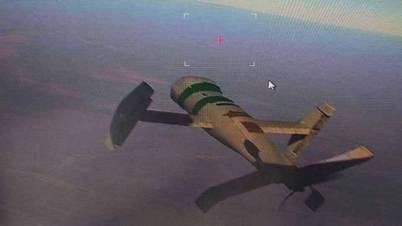

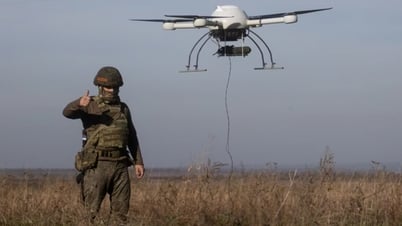


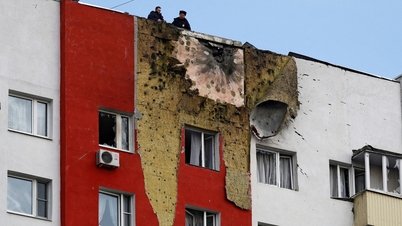

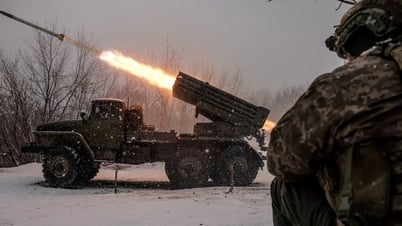



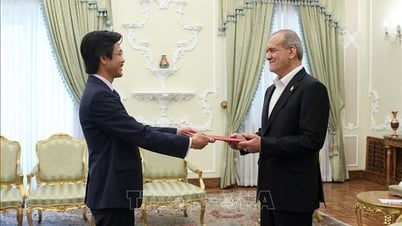








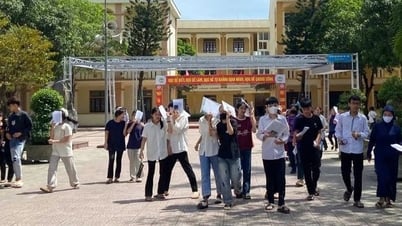






















































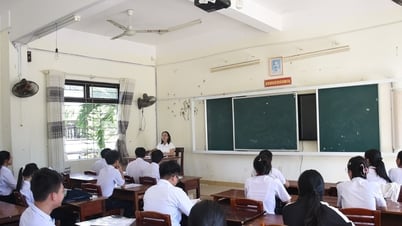
























Comment (0)